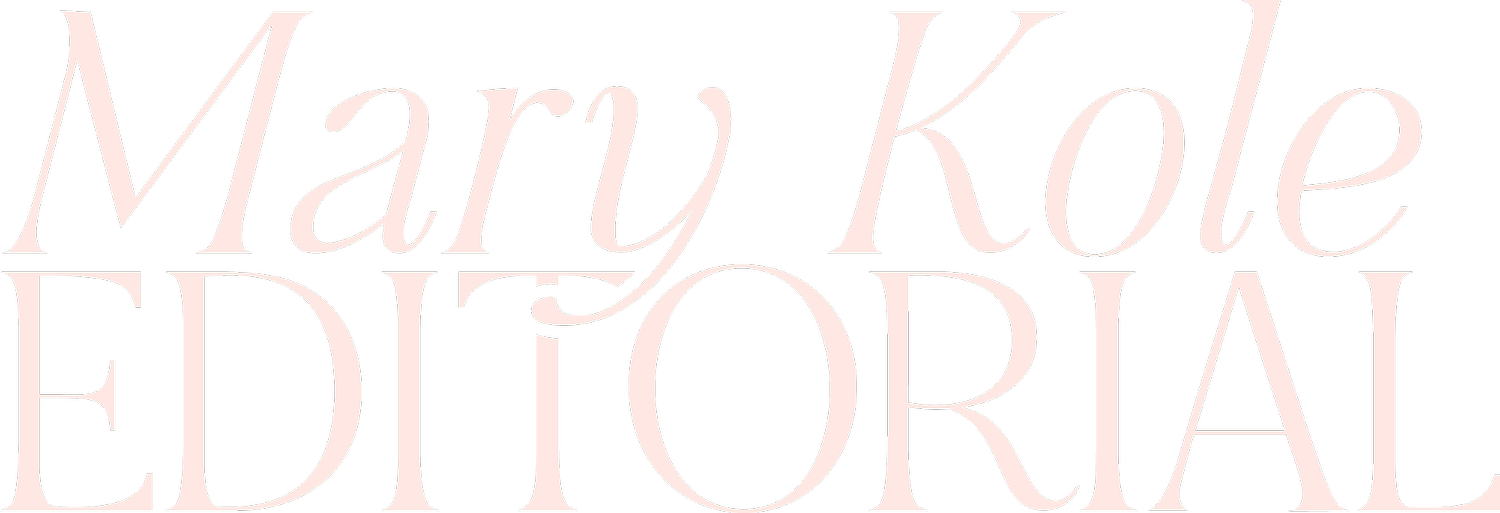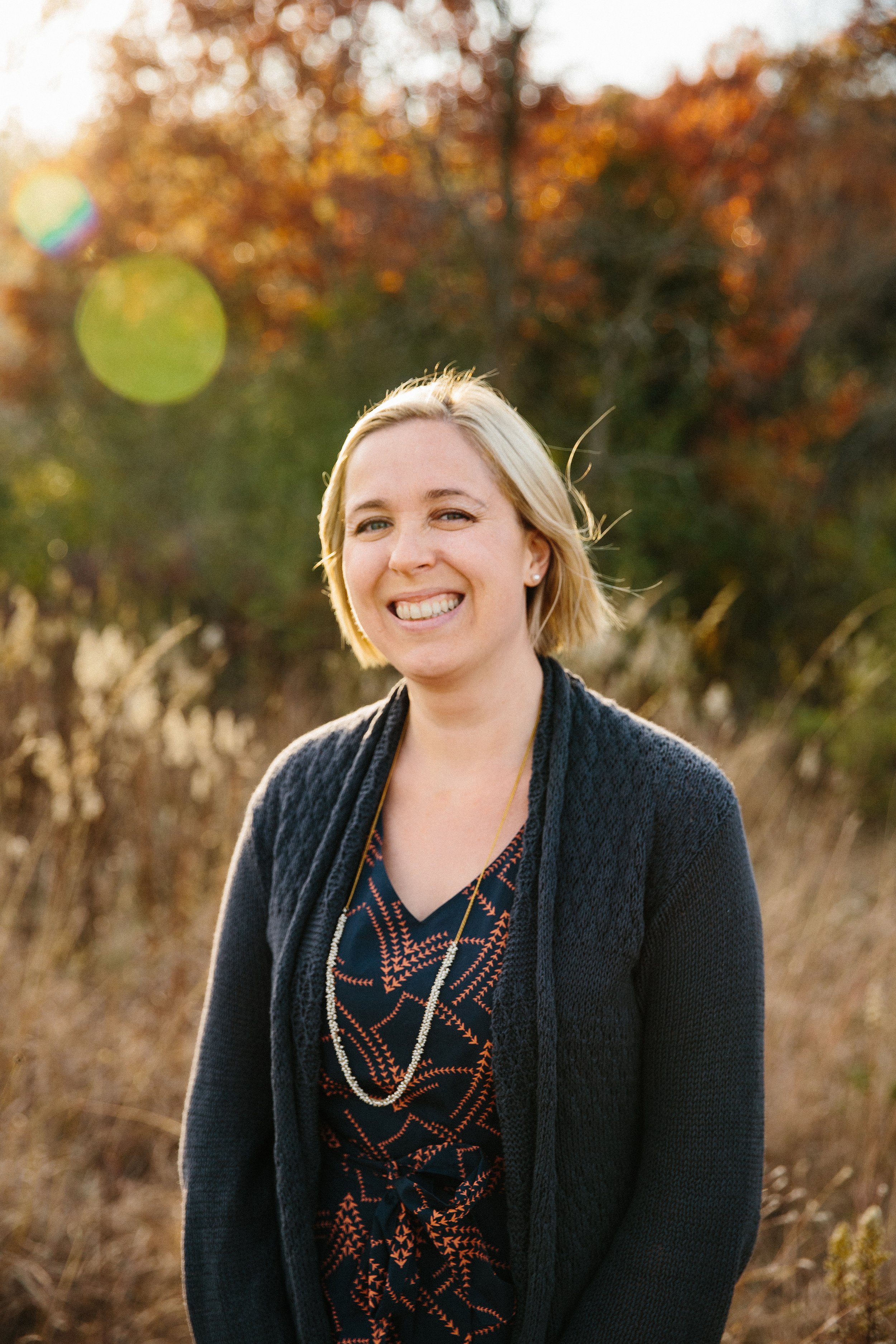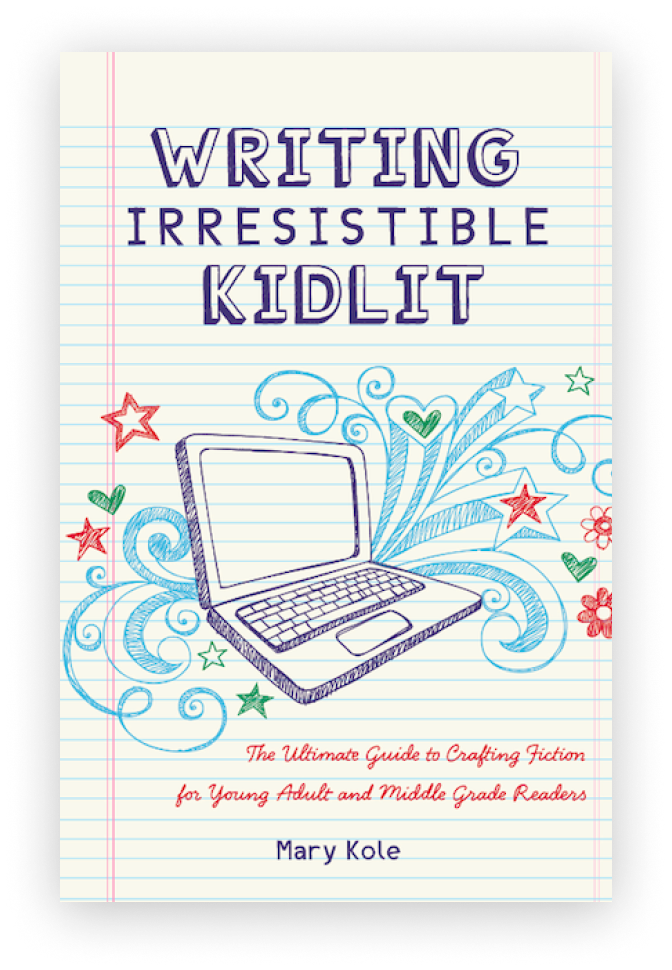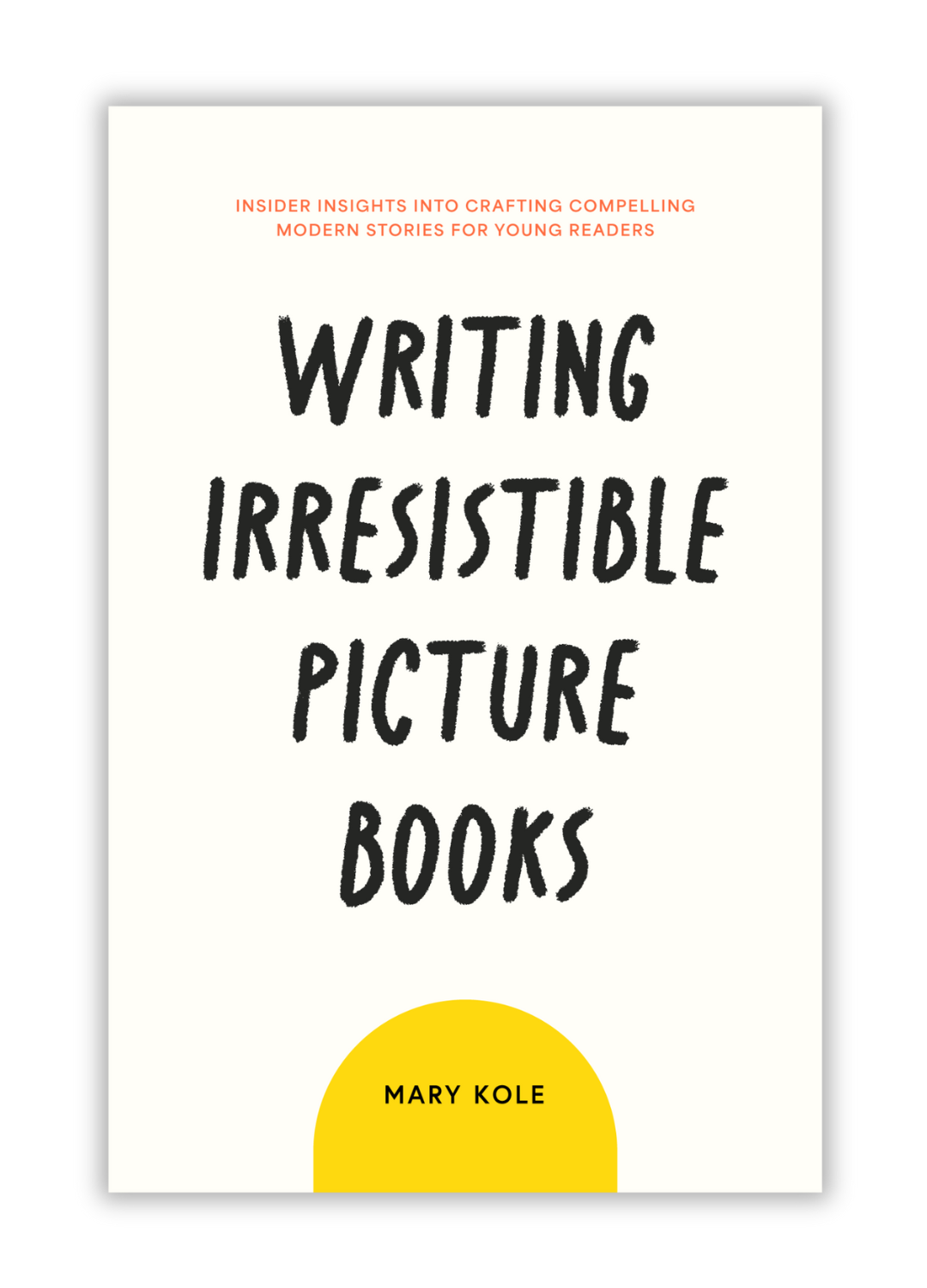Exploring Children’s Book
Age Range
By Mary Kole
Mary Kole is a former literary agent, freelance editor, writing teacher, author of Writing Irresistible Kidlit, and IP developer for major publishers, with over a decade in the publishing industry.
Writing for children is an art that requires a delicate touch and understanding of the publishing industry’s children’s book age range guidelines, trends, and reader expectations. Children’s book are designed for young readers, ranging from infants all the way up to tweens and young adults. However, each category has specific age brackets for each target audience. If you are an aspiring children's book writer, you’ve come to the right place to explore the nitty-gritty of children’s book age range.
Clarifying Children’s Book Age Range
There are six different categories within the world of children’s book publishing when it comes to children’s book age range. Board books are for the youngest audiences of ages zero to three. Picture books are designed for ages zero to seven and are heavily illustrated, while early readers are suitable for children aged five to seven and include simple text, repetition, and large print. They are the stepping stones to independent reading. Chapter books have more extended word count than early or easy readers and are meant for children aged seven to nine. The manuscripts are usually broken down into shorter chapters to facilitate kid reader engagement with the novel format. Middle grade novels are for children aged eight to twelve and have more complex storylines and character development. Finally, young adult novels are targeted towards ages twelve to eighteen and feature complex narratives and often address more mature subject matter and themes.
When writing for children, remember that the protagonist needs to be similar in age to the target audience in each children’s book age range. For picture books, the protagonist is usually around five years old, while early readers will feature a six or seven-year-old. Middle grade novels often have a pre-teen protagonist, aged eleven to thirteen, while young adult novels usually have a protagonist aged fifteen and up.
Other Children’s Book Considerations
When determining children’s book length, the page count and word count generally used in the publishing industry to determine length can be a bit deceiving. Picture books typically have about 600 words, while early readers feature 1,200 words. A chapter book can range from 6,000 to 15,000 words, while middle grade novels can be between 20,000 and 60,000 words. For young adult novels, the average length is 70,000 to 90,000 words. The earlier the book’s children’s book age group and target audience, the fewer words on the page. The books tend to resemble the novels we’re all familiar with, without as many illustrations, by the time you get to the middle grade category.
When factoring in the size of children's book publishing, the publishing market size varies for each category. Picture books and middle grade novels tend to sell more copies than early readers and board books. Young adult novels have a lot of crossover with adult readers, and are considered a separate category.
It's vital to consider other information in addition to children’s book age range when it comes to writing and publishing various types of kidlit. For example, picture books are often assessed by the literary agent or publisher based on the quality of the illustrations (if available at this point) and how the art and text weave together as much as the content. Early readers need to have a narrow vocabulary range, while middle grade novels should have a well-designed world-building, and young adult novels are expected to include emotional depth, point of view access, interiority, and vulnerability. These books are about much more than children’s book age range.
In conclusion, writing children's books requires a nuanced understanding of the target audience and children’s book age range. The protagonist's age, the word count for various categories, the publishing market size, and other special considerations should be taken into account when crafting a children's book that stands to make it in this very competitive landscape. So, if you are an aspiring writer looking to make your mark in children’s books, you are now equipped to create more confidently!

Click here to purchase Writing Irresistible Kidlit, my book on fiction craft for MG and YA novels, out from Writer's Digest Books. This will show you my writing craft philosophy and give you lots of valuable advice, including tips for the novel revision process and self-editing. There are over 35 example novels cited and discussed throughout. It’s a valuable resource for any writer’s toolkit.

Click here to purchase Writing Irresistible Picture Books, my book on children’s picture books. This comprehensive guide is crammed with craft advice and groundbreaking original research, including a survey of 1,000 upcoming picture book deals, a breakdown of 80 modern and marketable picture book topics, and in-depth analysis of over 150 published picture books.




